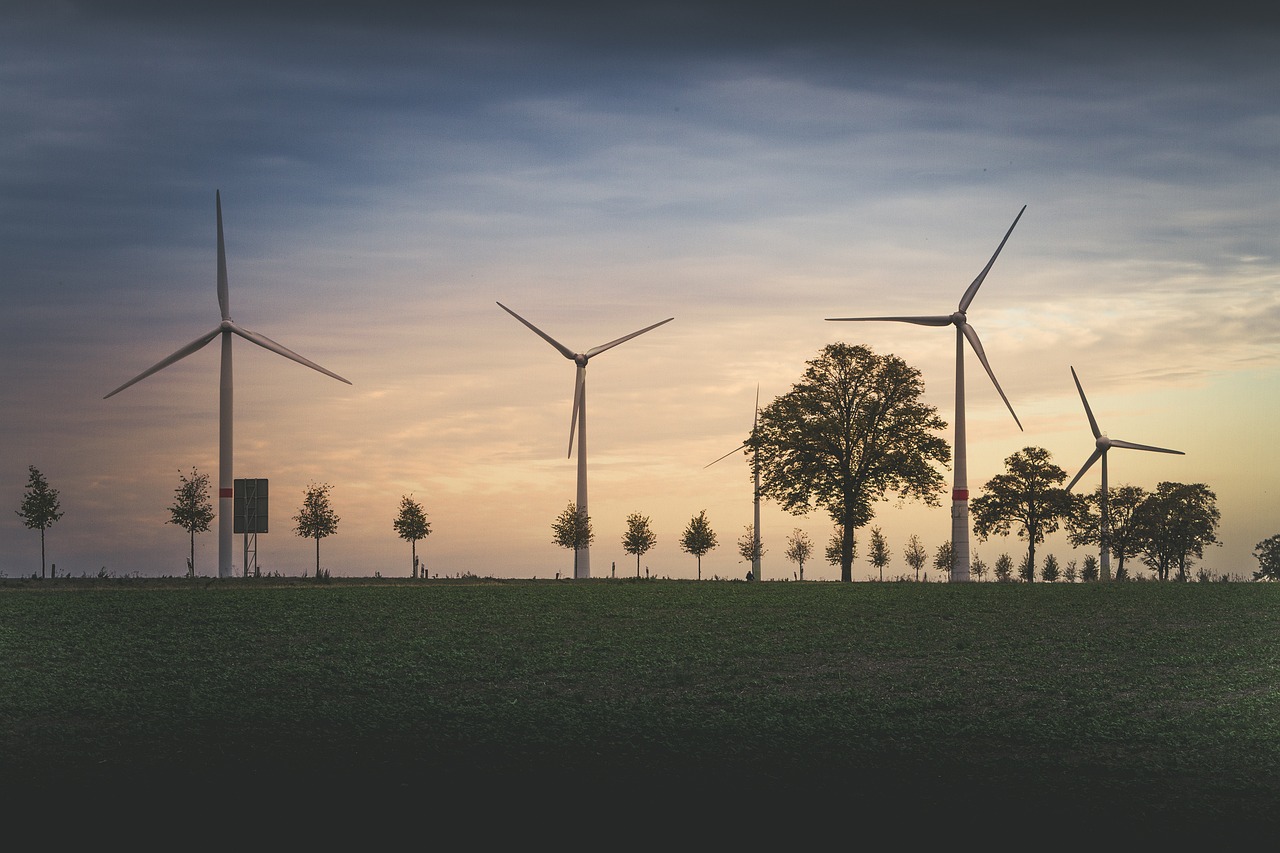Energy saving – Spending Money To Save Money
In today’s economy, everyone is looking for ways to save on energy costs. Unfortunately, most people make two mistakes when focusing on saving energy.
The first mistake is not going after the low hanging fruit. No/low cost ways of saving energy include temperature setbacks on thermostats when buildings are not being occupied, keeping equipment properly maintained, eliminating building infiltration, reducing the use of lighting and appliances to only when needed, making sure plumbing systems do not leak, keeping fuel burning appliances properly tuned….on and on. When implemented, the energy savings can be single digit percentages of the overall utility costs.
The second mistake is having unrealistic expectations about making larger reductions in energy use. The best place to start is to account for the total energy costs (gas, water, electric, sewer, other) on a monthly and yearly basis. Then these costs should be analyzed to see which ones vary with weather, with occupancy/use, etc. After the low hanging fruit is addressed, additional savings means investing money. Having a payback period in mind and commitment by management helps too. An audit can then be performed identifying any areas for improvement, potential savings, and investments required.
For example, if your yearly energy bills are $10,000 and you’d like to reduce that by 10% or $1,000. How much money are you willing to spend to get those savings? Let’s say its $3,000. So, you are expecting that your investment will payback in 3 years ($3000 divided by $1000). When the audit is performed, you need to focus on proven technologies that can provide you $1,000 savings with a $3,000 investment. No need to look at spending more money or investing in alternatives with longer paybacks since they would be outside your expectations. It would make sense to start with the utility that makes up for most of the $ 10,000 or the one that is known to be least efficient. Let’s say it’s electric at $ 5,000. So, now you need to make a $1,000 impact on $ 5,000 or a change in efficiency of 20% ($1000 divided by $5000). Now you can ask yourself, what technologies are available at $ 3,000 to save your electric by 20%.
You can scale this example up or down but the process is the same. Go for the low hanging fruit. Then start with the big picture of what you can spend to obtain greater savings. It will save you time, money, and effort in the end.

